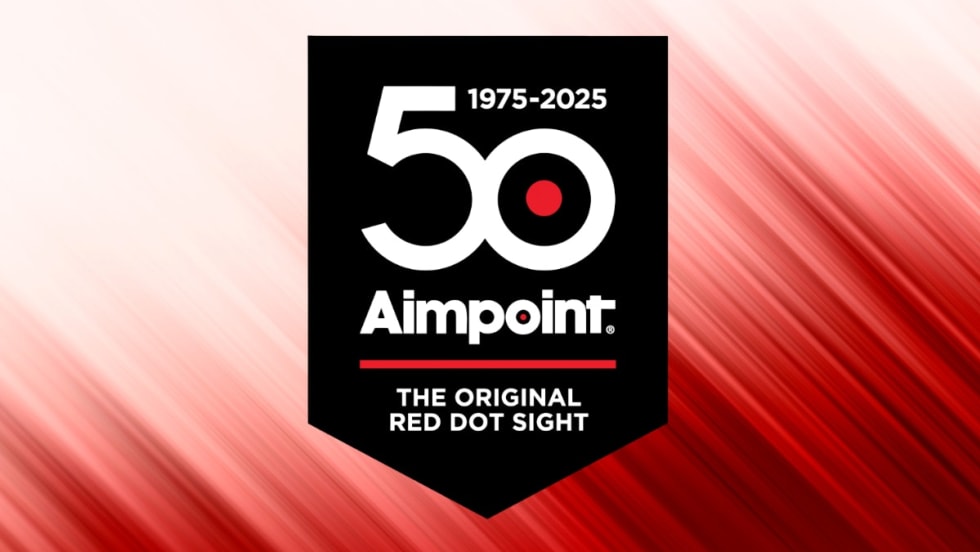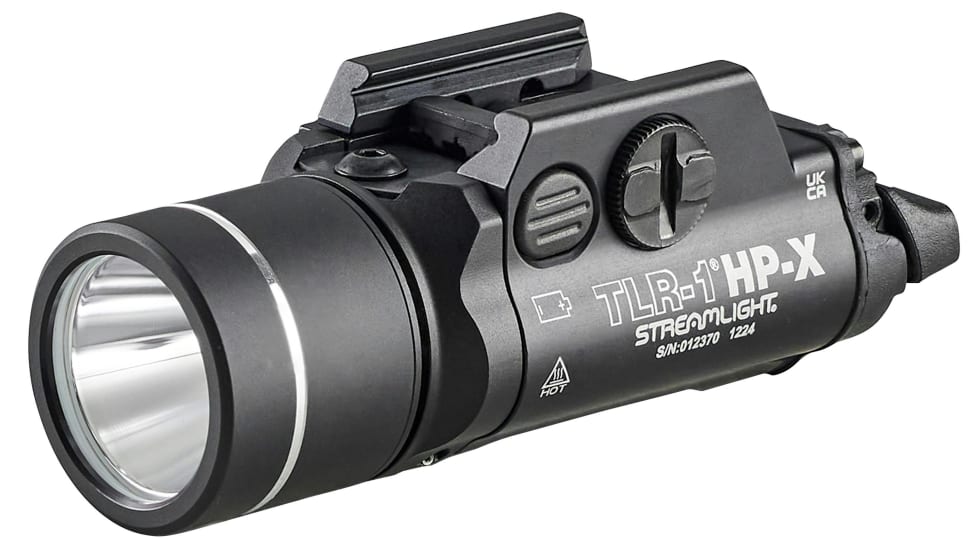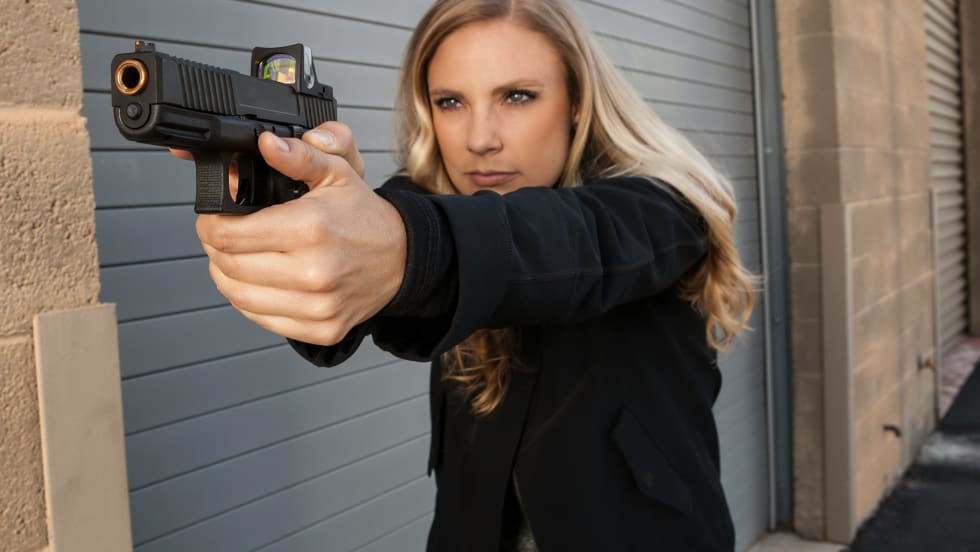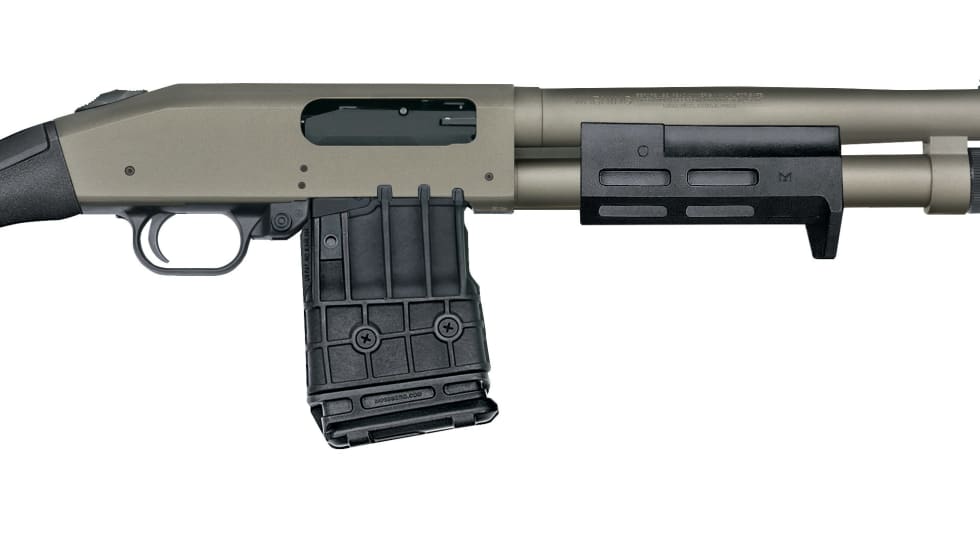All right, now that you've come to terms with what you will, and more importantly won't, do while off-duty and carrying a concealed weapon, let's talk about how you're going to pack that heat.
There are about a million ways to carry a gun and no one way is inherently better than another. The correct way for you will be dependent on a number of factors. Body type, size and type of pistol, attire, and flexibility are just a few. Remember, the ultimate goal is to be effective with that tool should the need arise. You need to keep your weapon secure and concealed but still be able to access it quickly. You also need to be able to re-holster that gun when the time comes.
The most common means of carrying a concealed handgun in my experience and likely the most effective are an inside the waistband (IWB) holster and an outside-the-waistband (OWB) holster. The waist is where we carry our pistols while in uniform and where our brains are programmed to look for them. The more we can standardize our training the better.
Body type and clothing will dictate whether you choose an IWB holster or an OWB holster. If you're used to wearing skinny jeans, the odds of stuffing a pistol inside the waistband are not in your favor, and you might be limited to an outside the waist holster. If you're carrying a few extra pounds up front you might also have a tough time tucking a holster in the front of your pants, unless you enjoy being uncomfortable and having very limited access to that weapon.
Don't decide on a carry method until you've experimented with several and discovered firsthand what works for you. Find a holster and location that will allow you to keep the pistol concealed yet provide quick access. You should be able to negotiate any shirt or jacket covering it up and draw your pistol cleanly from the holster in one smooth motion.











